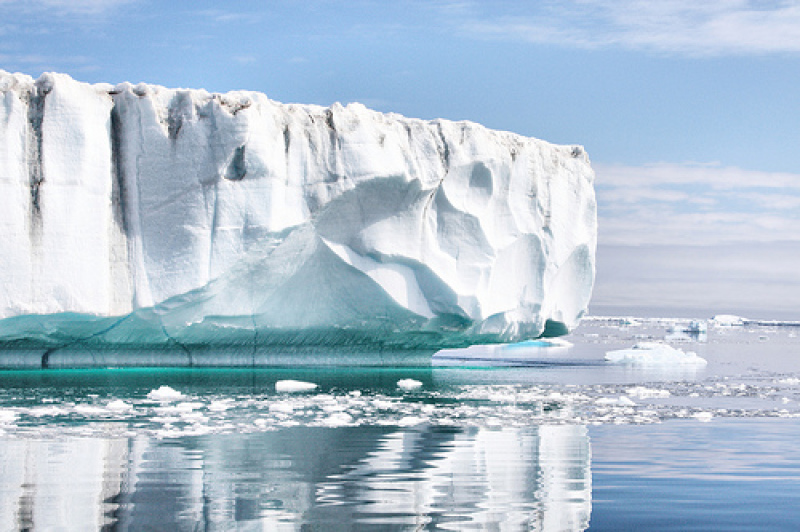
A new scientific study revealed that in over 20 years, the rate of glaciers melting in the Antarctic region has tripled, CBC reported.
Through observations in the region, researchers from NASA and the University of California discovered that from 1992 to 2013, glaciers in the area have lost at least 83 gigatons of their total mass in each year.
To illustrate the amount of glacial loss, the researchers said the weight of the water produced during the melting process every two years is equal to the mass of the entire Mount Everest.
For the study, the team used various data collection techniques utilized by NASA, the European Space Agency and Netherlands' University of Utrecht, according to Business Insider.
The scientists and researchers involved in the study focused their observations on the glaciers of the Amundsen Sea embayment, which is located in the west Antarctic region.
Through satellite and radar data as well as atmospheric climate models from the various institutions, the researchers were able to track the increase in the glaciers' melt rate within a span of 21 years.
During the first few years after 1992, the melt rate was at 6.1 gigatons per year. However, from 2003 to 2009, the rate nearly tripled as it increased to 16.3 gigatons.
"The mass loss of these glaciers is increasing at an amazing rate," the study's co-author Isabella Velicogna said in a statement.
The researchers warned that the increase in the melting rate of the glaciers will significantly affect the rise of water levels in the coming years.
According to the study's lead author Tyler Utterly, using the information collected by the different organizations provided his team an accurate representation of the glaciers' melting rate.
"Previous studies had suggested that this region is starting to change very dramatically since the 1990s," he said in a statement. "We wanted to see how all the different techniques compared."
"The remarkable agreement among the techniques gave us confidence that we are getting this right," he added.
The study conducted by Utterly and his colleagues is set to be published on Dec. 5 by the Geophysical Research Letters, a semi-monthly scientific journal that features articles and reports on natural phenomena.

















